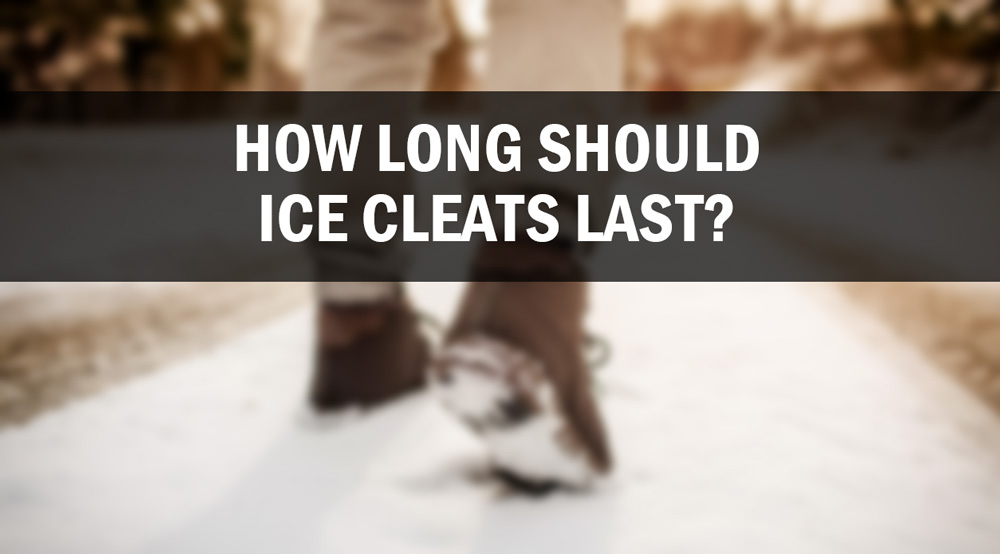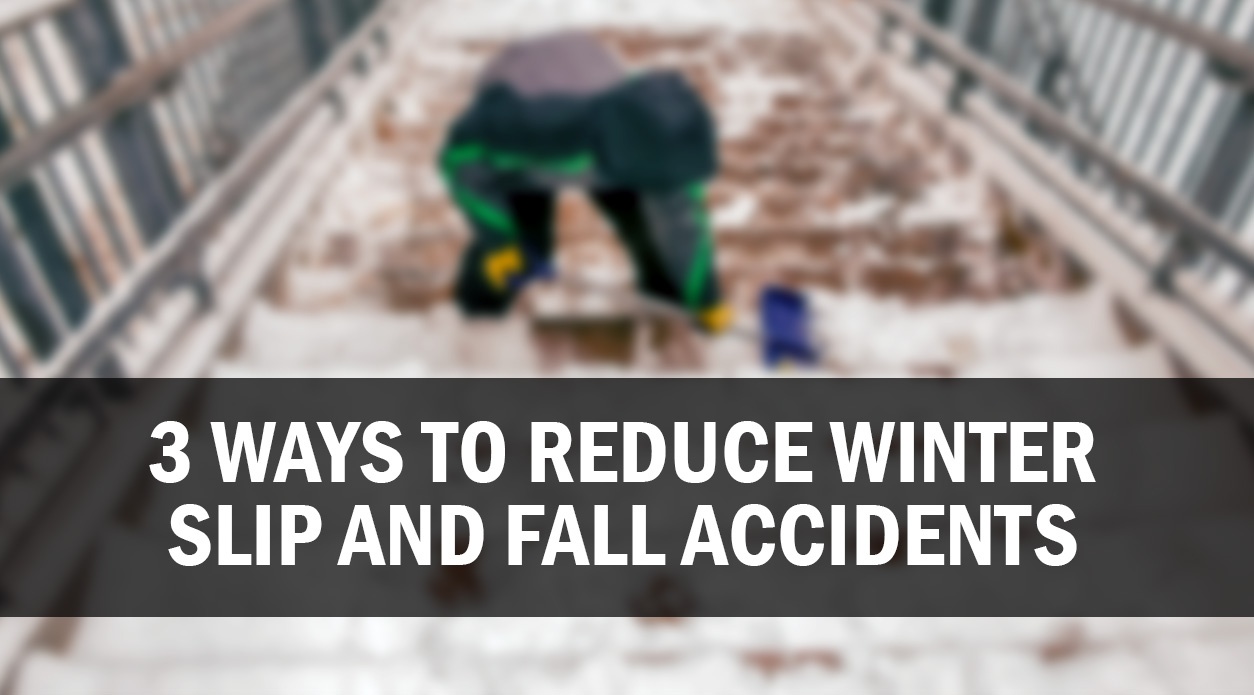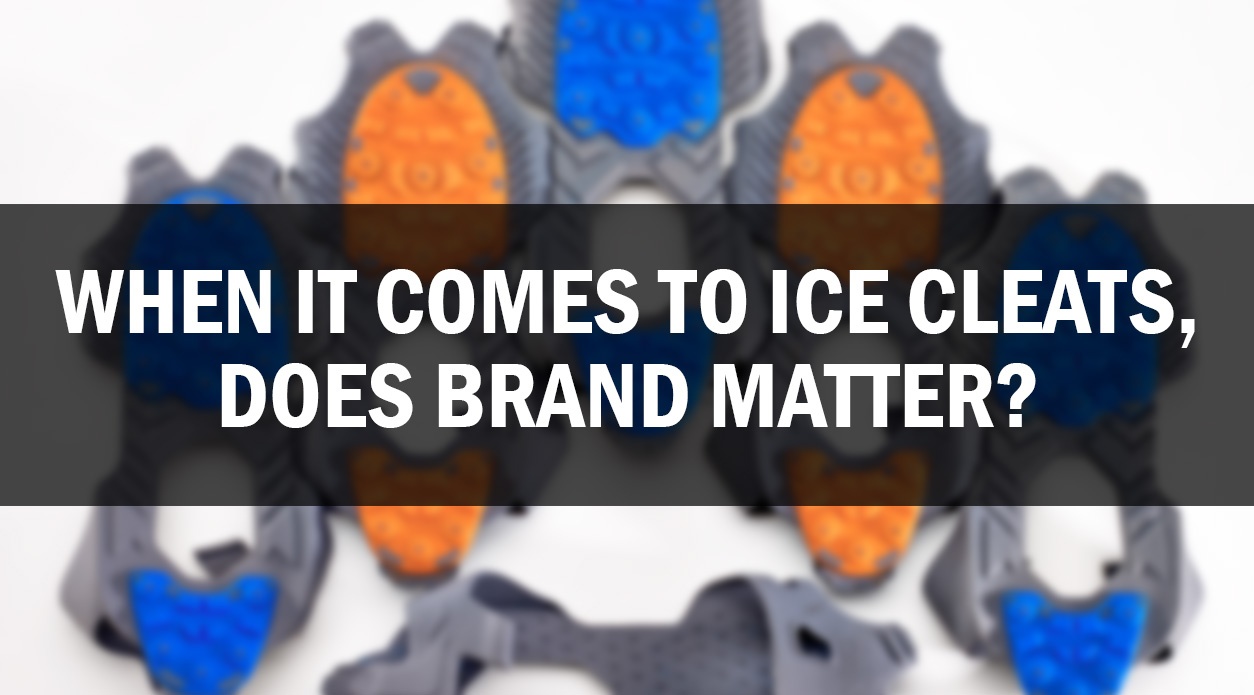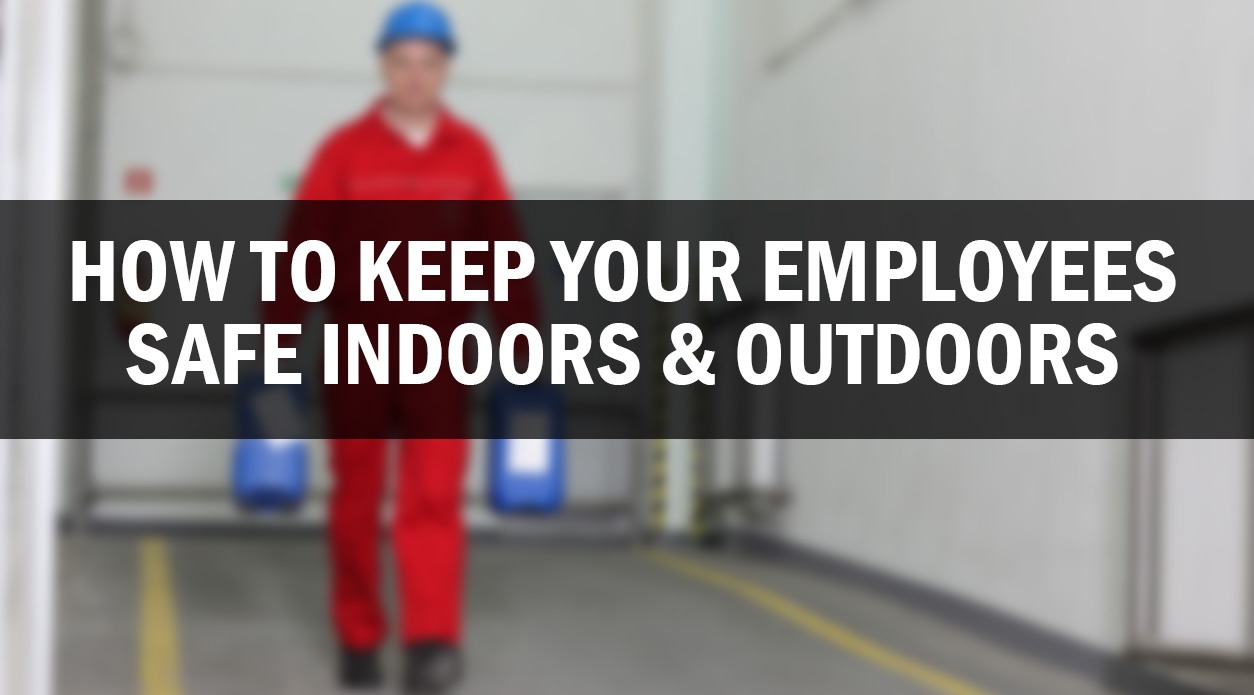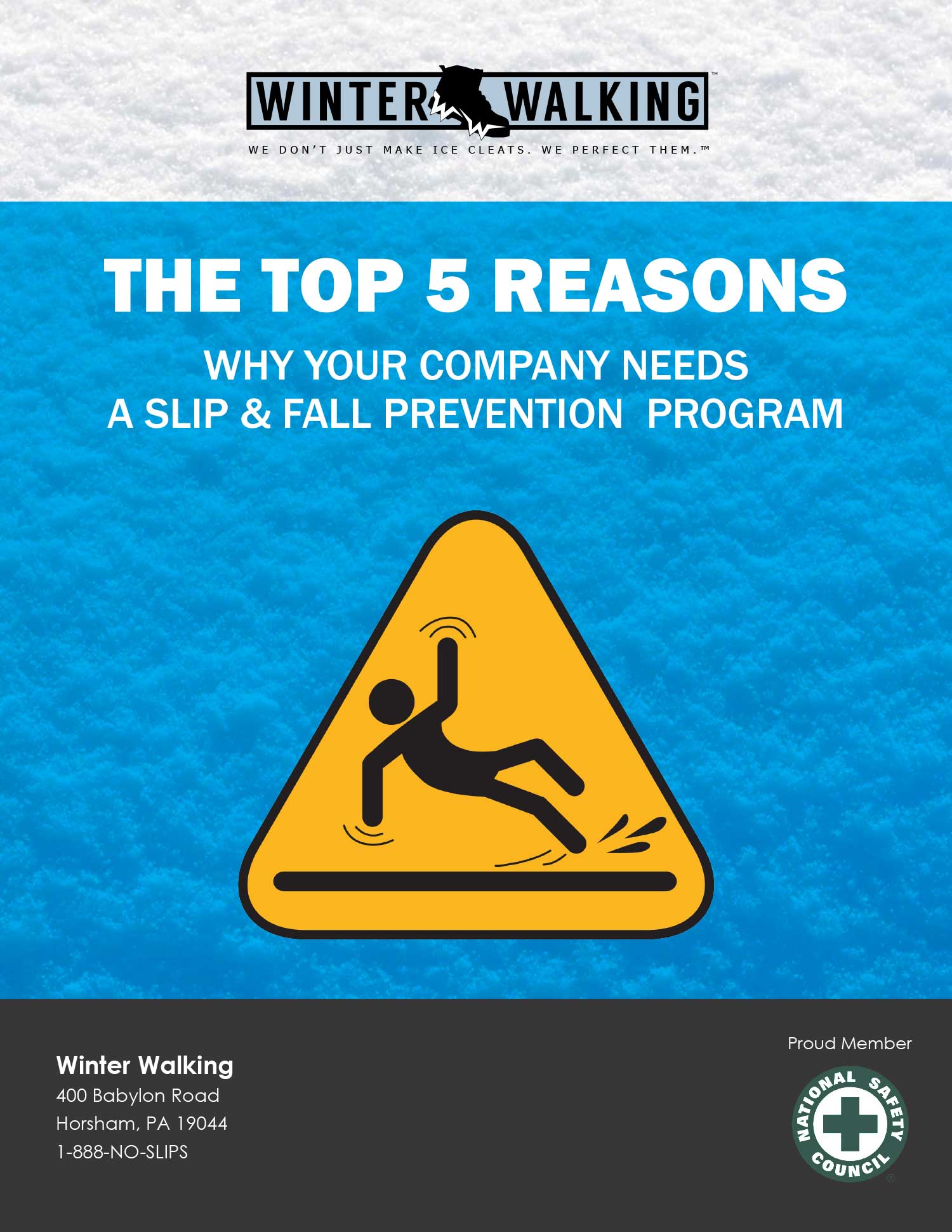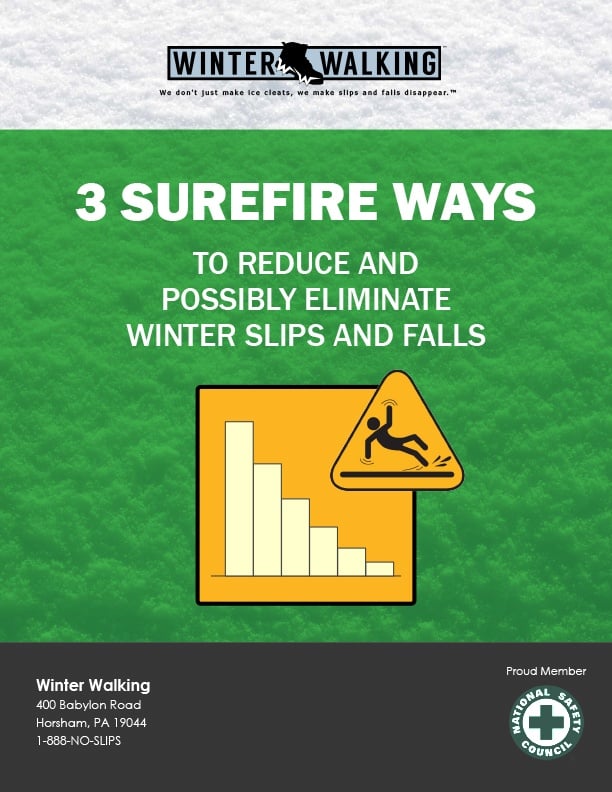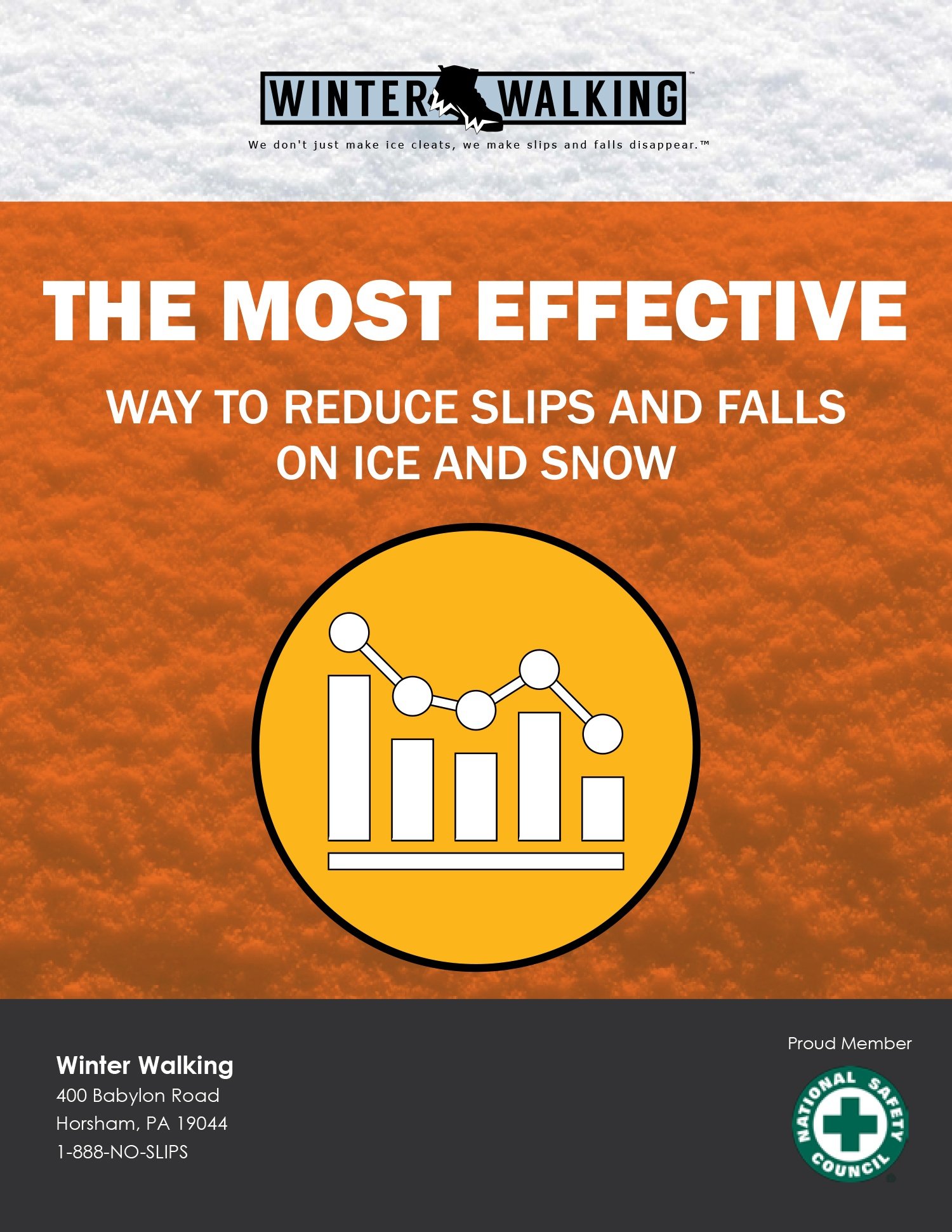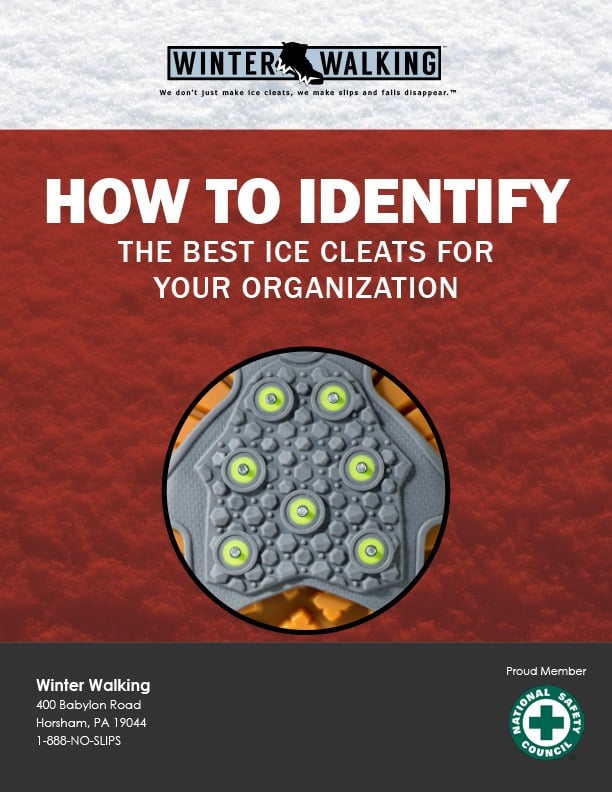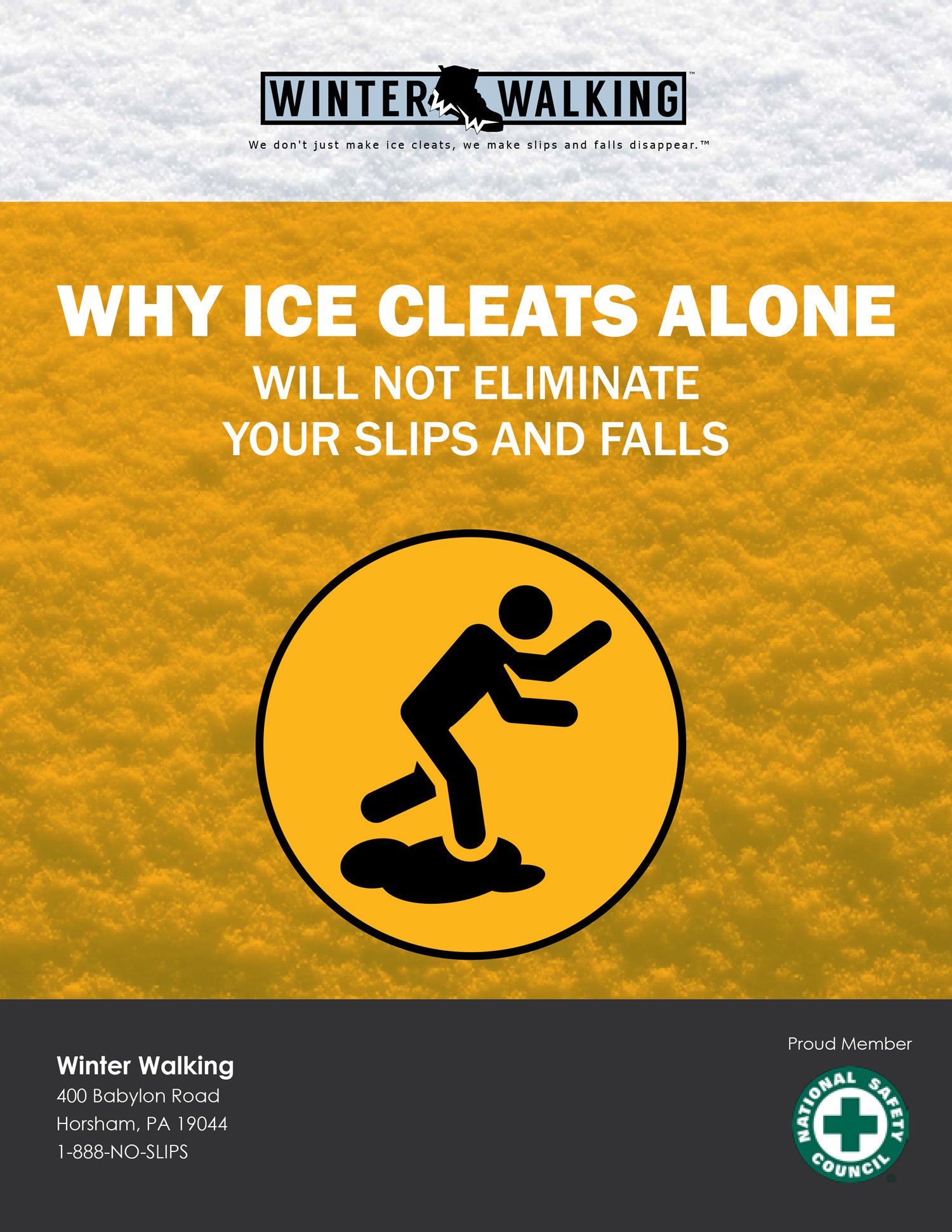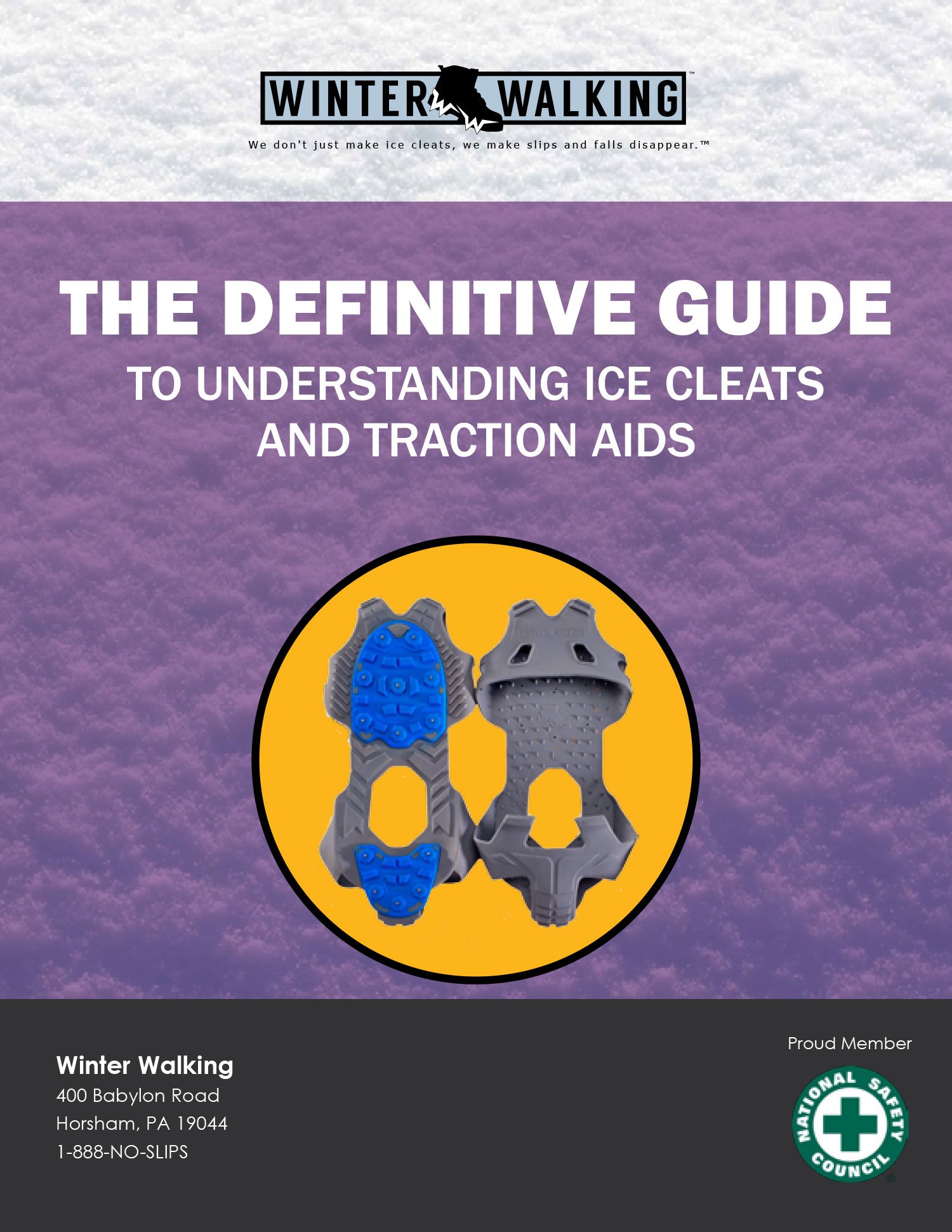The durability of ice cleats is a commonly asked question among safety professionals. Before purchasing ice cleats, it is essential to understand how long they are expected to last. When someone asks about the lifespan of ice cleats, what they are really asking is how many pairs they will need to get through the winter season. Ice cleats come in various types, some designed for recreational purposes such as walking the dog or shoveling the driveway, while others are specifically built for utility workers, letter carriers, and construction workers. Choosing the wrong type of ice cleat for a spe[…]
Continue Reading
Falls are the world’s leading cause of injuries, sending hundreds of thousands of people to the hospital each year alone. Of those cases, only a fraction happen at work, and an even smaller number involve ice/snow-related slip and falls. But if you’re an employer whose workers spend a lot of time outdoors, even one of these incidents is too many. Fortunately, keeping your workers safe during winter is easier than you might think. In this blog post, we’ll look at ways you can prevent slip and falls and other wintertime injuries. Eliminate The Act of Walking on Compromised Surfaces Think about a[…]
Continue Reading
The process of buying ice cleats is a lot like the search for any new product. Sometimes it’s smooth sailing, and other times you run into frustration and confusion, and end up spending a lot more time than you’d like to find the ice cleats you need. And it’s a situation where you need to take your time to make sure you’ve found the best and safest traction solution for your employees working outdoors in cold, slippery conditions. In this blog post, we’ll look at some of the questions you should ask yourself when shopping for ice cleats to take some of the stress out of the process and keep yo[…]
Continue Reading
During a conversation with a safety director from a renowned multinational corporation, he shared with me the challenges they faced with slip and fall accidents caused by icy and snowy conditions. Determined to find a solution, they delved into extensive research, testing, and thorough analysis. Ultimately, they made the decision to invest in ice cleats that they believed were the best available at that time. (Just to clarify, these were not the ice cleats produced by my company.)
Continue Reading
When it comes to ice cleats, most are NOT safe to wear indoors. Traditional ice cleats are engineered for one thing – preventing slip and fall incidents on ice. Since Ice and snow don’t exist indoors, manufacturers don’t concentrate on indoor flooring materials when developing ice cleats to prevent slips and falls. This can severely complicate a company’s goal of reducing slip and fall incidents because, if traditional ice cleats are worn indoors, your employees are now at a high risk of causing a slip hazard. In other words, remember the OUTDOOR slipping incident you may avoid because ice cle[…]
Continue Reading
The thing about winter is, despite forecasts, you just never can know when a strong weather system will move across the country. But there are several things I do know for sure... First, I know that if the country gets any significant snow or ice, it means that normally clean walking surfaces will become slippery and, as a result, slips and falls will increase. Guaranteed.
Continue Reading

